Puerto rico archaeological sites: Memorable Historic Sites in Puerto Rico
Memorable Historic Sites in Puerto Rico
View of a garita and the ocean from El Morro, in Old San Juan.
Understanding the history of Puerto Rico provides a richer context for the people you’ll meet and places you’ll discover while exploring the Island.
For example, before the Spanish labeled the Island Puerto Rico (literally, “Rich Port,”) the place was known as Borinquen, which comes from the word Borikén or “Land of the Valiant and Noble Lord,” which was the name given by the Taíno (indigenous people) before the arrival of Christopher Columbus in 1493. This is why Puerto Ricans often refer to themselves as boricuas. You’ll also find a beautiful spot called Punta Borinquen on the west side of the Island.
As you travel, consider adding a few of these historic sites to your itinerary. Beyond their lasting cultural value, many offer incredible scenery to enjoy as well — so you can double your fun.
Caguana Indigenous Ceremonial Park in Utuado.
Parque Ceremonial Indígena de Caguana
Utuado
One of the most important Taíno-culture archaeological sites in the Antilles was found at the Caguana Indigenous Ceremonial Park in Utuado, a town in the Island’s Central Mountain Range, an hour and a half drive from San Juan. There are multiple ceremonial plazas (or bateyes) at the center of the park, where important ceremonies, dance rituals, and ball games or batos used to take place. Petroglyphs, pottery pieces, and other limestone artifacts made in the 14th and 15th centuries by the indigenous population are available for viewing.
The admission fee ($5 adults, $4 kids, and seniors) includes access to the park, the museum, and archaeological areas. The park is open daily from 8:30 a.m. to 4:30 p.m., except on holidays.
A petroglyph at the Tibes Indigenous Ceremonial Center in Ponce.
Centro Ceremonial Indígena de Tibes
Ponce
Located in Ponce, an hour and a half drive from San Juan, the Centro Ceremonial Indígena de Tibes is another significant Taíno archeological site on the Island’s coastal south side. Following torrential rainfalls and river floods in 1975, evidence of pre-Taíno civilizations was revealed. Excavations in the area uncovered seven bateyes, two ceremonial plazas, along with hundreds of bone structures and tools. A museum in the park displays several weapons, pottery artifacts, and figures representing deities, or cemíes, used in their daily lives. You can arrange for a bilingual one-hour tour that includes a visit to the museum and a film.
Following torrential rainfalls and river floods in 1975, evidence of pre-Taíno civilizations was revealed. Excavations in the area uncovered seven bateyes, two ceremonial plazas, along with hundreds of bone structures and tools. A museum in the park displays several weapons, pottery artifacts, and figures representing deities, or cemíes, used in their daily lives. You can arrange for a bilingual one-hour tour that includes a visit to the museum and a film.
Crowds enjoying a sunny day on a field outside Castillo San Felipe del Morro in San Juan.
Castillo San Felipe del Morro
Old San Juan
The San Juan National Historic Site includes the Castillo San Felipe del Morro, Castillo San Cristóbal, most of the city walls, la Puerta de San Juan, and the Fort San Juan de la Cruz. El Morro, a UNESCO site and a true testament to the beautiful history of Puerto Rico, is the most recognized landmark in the Island and a must-see if you are short on time during your visit and trying to choose must-see attractions.
The construction of El Morro began in the 16th century to protect the San Juan harbor entrance by the Spanish conquistadores. It served as a defensive position in the New World and witnessed many battles against foreign powers and pirates. From the fort, the views of the city and the ocean are stunning.
Before leaving, make sure to fly a kite on the enormous green fields outside of El Morro, take a deep breath, and relax under the magnificent blue skies — this is a treasured experience.
Open daily from 9:00 a.m. to 6:00 p.m., with an entrance fee of $7 per person (children under 15 enter free). Paid admission to El Morro gets you to access to San Cristóbal as well; just save your receipt.
Few landmarks are more representative of Puerto Rico’s legacy within the Caribbean and the Americas than Castillo San Felipe del Morro. Learn the history behind one of Spain’s major military engineering marvels: from colonization to the Second World War.
Learn the history behind one of Spain’s major military engineering marvels: from colonization to the Second World War.
The beautiful Governor’s Mansion, aka La Fortaleza.
La Fortaleza
Old San Juan
La Fortaleza or El Palacio de Santa Catalina, is the name given to the charming governor’s mansion in Old San Juan. Built in 1533, it has been the official governor’s residence for centuries and has housed more than 170 leaders, making it the oldest executive mansion in continuous use in the New World.
Open from 9:00 a.m. to 4:00 p.m. during weekdays. The entrance is free of charge. You can call 787-721-7000 ext. 2211 for information and schedule your visit.
Castillo San Cristóbal in Old San Juan.
Fuerte San Cristóbal
Old San Juan
Built in 1634 to protect San Juan from land attacks, the San Cristóbal Fort is the largest Spanish fort in the Americas, covering some 27 acres of land. At the beginning of the experience, you can watch a short film explaining the fort’s history and listen to an orientation offered by the staff every hour.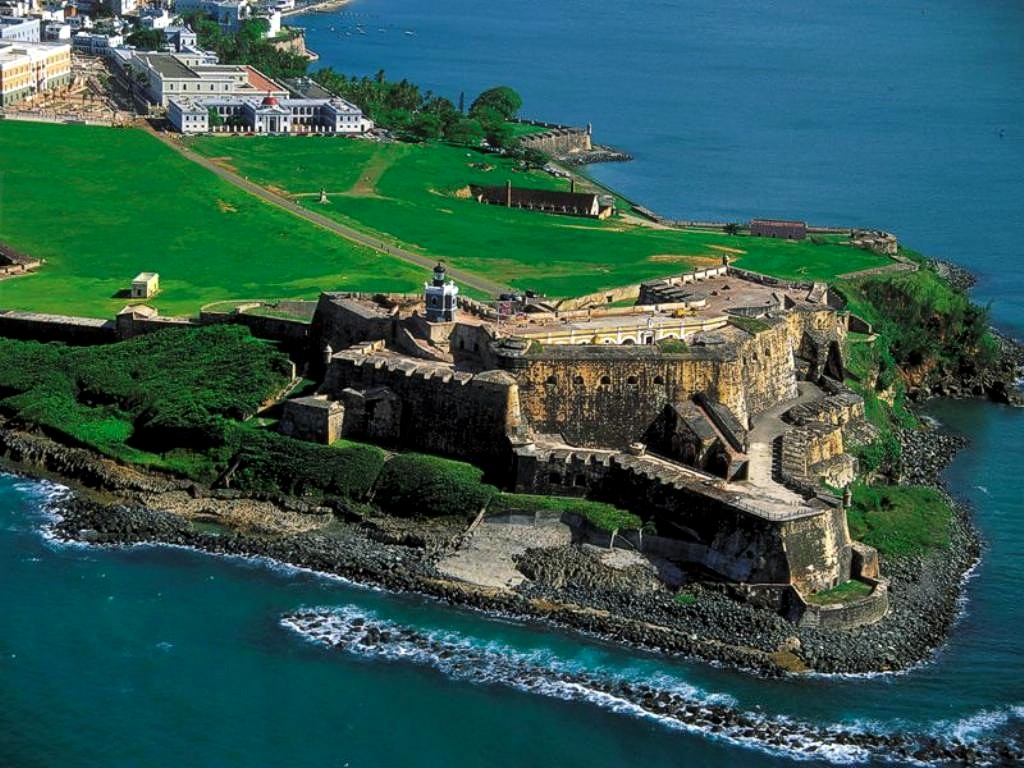 Inside, you will find the main plaza used for troop formations and practices, a chapel, troop quarters, tunnels used by soldiers, artillery, and more. The observation post located on the third level gives you a beautiful ocean and city view.
Inside, you will find the main plaza used for troop formations and practices, a chapel, troop quarters, tunnels used by soldiers, artillery, and more. The observation post located on the third level gives you a beautiful ocean and city view.
El patio del histórico cuartel Cuartel de Ballajá, ahora Museo de las Américas.
Cuartel de Ballajá
Old San Juan
The Cuartel de Ballajá was the last piece of monumental military architecture created by the Americas’ Spanish army. It was built in 1854 and used until 1898 as an infantry barrack for thousands of soldiers and their families; the structure occupies three acres of land. Nowadays, it is a cultural center and home to the Museo de las Américas.
The stunning Puerto Rico Capitol building was inaugurated in 1929.
Capitolio de Puerto Rico
Old San Juan
Inaugurated in 1929, the Puerto Rico Capitol building is listed in the United States National Register of Historic Places as a historic landmark. Local state senators and representatives meet to legislate in this three-story building covered with marble. In the center, a rotonda showcases the Constitution of the Commonwealth of Puerto Rico, protected by high ceilings with mosaics featuring important historical events.
Local state senators and representatives meet to legislate in this three-story building covered with marble. In the center, a rotonda showcases the Constitution of the Commonwealth of Puerto Rico, protected by high ceilings with mosaics featuring important historical events.
The tours are free of charge. Open from 8:30 a.m. to 5:00 p.m., but you need to plan your visit by calling 787-721-5200 Ext. 311.
Coffee beans for days at Hacienda Buena Vista in Ponce.
Hacienda Buena Vista
Ponce
The Hacienda Buena Vista, located in Ponce, tells the story of the Island’s coffee production prime days more than 150 years ago. The restored historical site consists of a Spanish colonial main house, slave quarters, farm buildings, and other processing areas. This hacienda served as one of the main producers of coffee in the 19th century, cultivating some of the finest beans consumed. The water of a nearby river powers original hydraulic turbines as its main engine. Current guided tours teach the role plantation owners and slaves had in the production of goods and the growing and processing of cocoa, coffee, and other local products.
Current guided tours teach the role plantation owners and slaves had in the production of goods and the growing and processing of cocoa, coffee, and other local products.
Open Wednesdays to Sundays from 8:00 a.m. to 4:00 p.m.; you can call or email Para La Naturaleza to schedule tours at 787-722-5882 i[email protected].
View Places Mentioned on a Map
Share this
Tags
History
Culture
Recommended Articles
See All Articles
Discover Our Shared Heritage Travel Itinerary | ||||||||||
|
Caparra Archeological Site Guaynabo, Puerto Rico
| ||||||||||
The Caparra Archeological Site is a National Historic Landmark that encompasses the location and significant remains of Puerto Rico’s first capital – some of the oldest evidence of the Spanish in the “New World.” The archeological site at Caparra has provided information that has been instrumental in understanding early construction materials and techniques in Puerto Rico, as well as Spanish colonialism in the Caribbean Island region.
Decorated Spanish soldier Ponce de León first arrived in the Caribbean Islands along with Christopher Columbus, who was on his second voyage to the New World in 1493. First called La Ciudad de Puerto Rico, the city was at a site noted for its gentle breezes, good ventilation, and flat lands that were well suited for construction. The first permanent building in the new city was the Casa de Tapias, which took its name from the horizontal bands, or tapias, used in its construction. Builders in some parts of Spain and Europe still use this somewhat rare construction method. Its continued use has allowed archeologists to envision how the Casa de Tapias must have looked in the 1500s. Not long after, more impressive buildings with stone walls and outdoor patios appeared. In 1512, a small chapel built at Caparra became Puerto Rico’s first cathedral. The original population of 175 had almost doubled to 320 at the time of the chapel’s construction, and it is likely that Ponce de León intended to expand the city’s architectural appeal based on regulations stipulated by the Spanish Crown. By 1518, the development of Caparra was coming to a sudden close. Settlers were not convinced that the site was a good location for the island’s capital. Tribal attacks were frequent, and the city remained cut off from the sea by a thick and dangerous mangrove region that separated Caparra from the San Juan Bay.
Ponce de León himself insisted that the settlement remain where he originally intended it, but colonists resisted and eventually the Spanish Crown sent a representative of the Crown, Rodrigo De Figueroa, to look into the settlers’ concerns on the matter. In 1519, despite Ponce de León’s protests, De Figueroa reported to the Spanish king, Charles V, that Caparra was indeed a poor location for the settlement, and that the Spanish should move the capital. The new site for the city would be on San Juan Bay, in the area today known as Old San Juan. The Spanish officially abandoned Caparra between 1519 and 1521, after the king of Spain approved De Figueroa’s recommendation. The site remained largely untouched until 1936 when Don Adolfo de Hostos, official Historian of Puerto Rico, began an archeological excavation in the area. Throughout the mid-to-late 20th century, further investigation of Caparra revealed its treasures: stone foundations, tile shards, and other small artifacts that provided evidence that helped to explain the history of the island’s oldest European city. Today, the site features exposed ruins that visitors can see, including the foundations of Ponce de León’s original house. The Museum of the Conquest and Colonization of Puerto Rico (Museo de la Conquista y Colonizaciòn) displays artifacts, historical documents, exhibits, and offers interpretive signage to help guests envision the lives of Caparra’s Spanish colonists in the early 16th century.
| ||||||||||
|
| ||||||||||
NPS Home – Site Index | NPS Frequently Asked Questions | Contact NPS | Disclaimer | Accessibility | ||||||||||
Puerto Rico Monuments & Statues Browse Puerto Rico Monuments & Statues (10)
Traveler’s Choice
Things to do are ranked according to Tripadvisor, including reviews, ratings, photos and popularity.
Traveler Rating
Top Tripadvisor Traveler-rated Attractions
All Attractions
Categories
Attractions
Active open air of
Concerts and representations
Food and drinks
events
Purchases
Transport
Resources for travelers
Types of attractions
attractions and cultural objects
Skipmers and cultural objects travelers
and over
and over
Suitable for
Free input
Inexpensive
Suitable for pairs
Suitable for children
9000 9000
- 9004 9000 9000 9000
Things to do on a rainy day
Honeymoon destination
open now
15.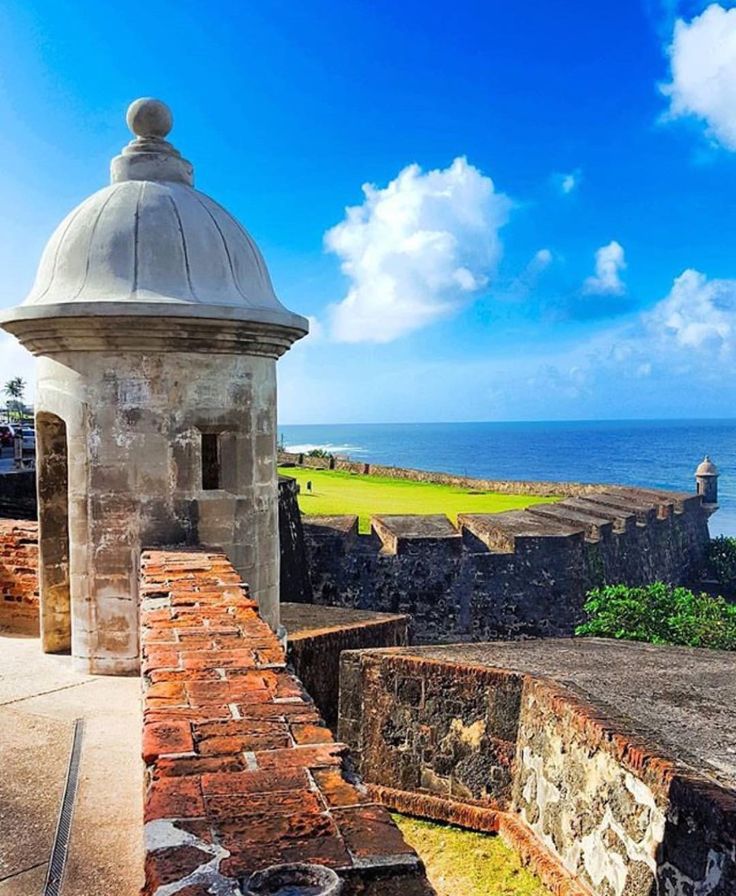 Paseo de Los Presidentes
Paseo de Los Presidentes
Completely 9000
9000 9000 9000 JUU 9000 JUUs Monuments and statues0133
29. Monumento a Roman Baldorioty de Castro
Monuments and statues
30. Monumento Ramon Emmeterio Betances
9000 Best Places for Monuments & Statues in Puerto Rico
0008
- Monumento Al Veterano
- La Escalinata
- Christopher Columbus Statue
Monuments and statues: Show more places in Puerto-Rico on Tripadvisor 9000
904U See more monuments & statues for kids in Puerto Rico on TripadvisorThe best places for couples who are looking for monuments and statues in Puerto Rico:
- Castileo-Serrales Museum
- La Rogativa
- Plaza Column
in Puerto Rico on Tripadvisor
See more Monuments & Statues for groups in Puerto Rico on Tripadvisor
Monuments & Statues & Statues for Budget in Puerto Rico
- Serra Museum La
- See more budget-friendly monuments & statues in Puerto Rico on Tripadvisor
Bioluminescent Bay, Puerto Rico – unique places
04/15/2019
This beautiful piece of Puerto Rico, also known as Mosquito Cove, was once a US naval base and was later opened to the public.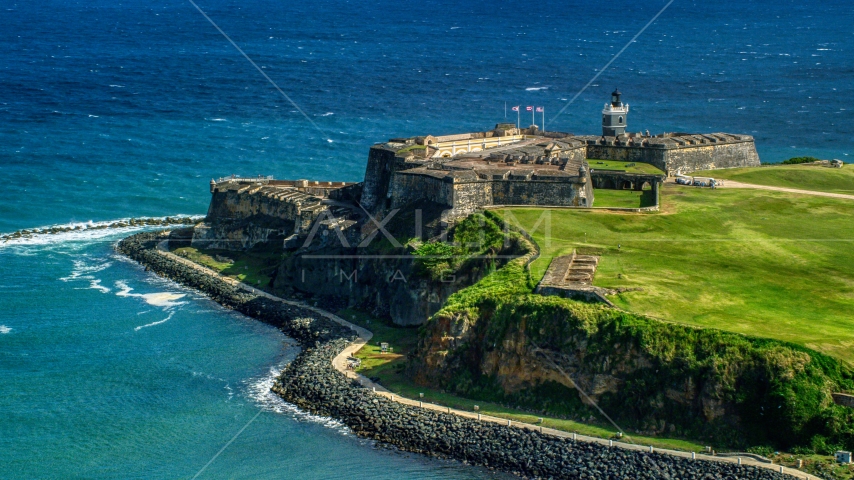
Bioluminescent Cove, one of Puerto Rico’s National Natural Landmarks, also known as “Mosquito Cove”, “Puerto Mosquito” or “Bio Cove”. The bay is located in the Puerto Rican municipality of Isla de Vieques, in the northeastern Caribbean Sea. The island is part of the Spanish Virgin Islands and has retained Spanish influence through hundreds of years of colonization by the Spanish after its discovery.
The glow or glow of the bay is due to the presence of many Pyrodinium bahamense dinoflagellates, which are very small organisms that emit an emerald green color with every movement of the water. Vieques Island has a tropical and relatively dry climate, although hurricanes and tropical storms visit it relatively often between June and December.
Tourism
Isla de Vieques was closed to tourists until 2003, so the whole area is underdeveloped. It is this reason that attracts tourists to the island, especially those who want to immerse themselves in the unique lifestyle and culture of the region.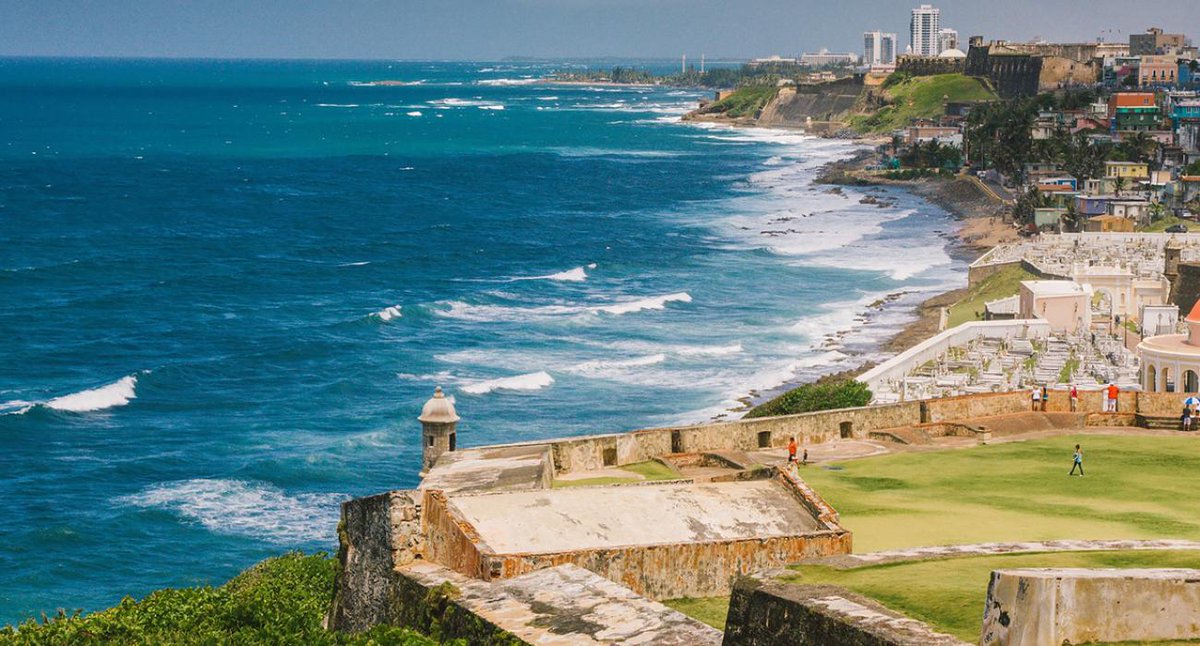 Although it is only 7 miles from mainland Puerto Rico, the island exudes an aura of being on a completely different planet, with a lack of luxury hotels and resorts commonly found in such picturesque locations. Tours of the region are open daily except Sundays and there is no shortage of excellent local guides who will be happy to entertain tourists with interesting information about the flora and fauna of Bioluminescent Bay and its surroundings.
Although it is only 7 miles from mainland Puerto Rico, the island exudes an aura of being on a completely different planet, with a lack of luxury hotels and resorts commonly found in such picturesque locations. Tours of the region are open daily except Sundays and there is no shortage of excellent local guides who will be happy to entertain tourists with interesting information about the flora and fauna of Bioluminescent Bay and its surroundings.
If you’re an eco-adventurer looking for a pristine island where you can enjoy the majestic beauty that Mother Nature has provided, then Isla de Vieques is the place to be. It boasts Old World charm in an exotic New World setting, with over 40 spectacular beaches and at least three of the best snorkeling and night kayaking spots in the world, including Bioluminescent Bay.
In addition, the explorer in you will be delighted to know that the island offers various archaeological sites such as La Hueca. Other key places to visit on the island are Fortin Conde de Mirasol, Le Guillou’s Tomb, Faro de Puerto Ferro, Hacienda Playa Grande, and the US Navy Underground Bunkers.
Habitat
In addition to the plankton responsible for giving Bioluminescent Bay its breathtaking neon blue colors, the mangrove ecosystem makes it an unforgettable sight. Interesting birds also call the bay home, along with a host of other marine life, red mangroves and coral reefs. Much of the interior is covered in short scrub and its climate is classified as subtropical dry forest. The sandy coastal beaches of the island are broken by salt marshes and lagoons.
Threats
Shortly after the US Navy left and Isla de Vieques opened to the public, rumors began to circulate that the area had a high crime rate. The island’s petty crime and homicide rates are among the highest in the world, and violence is a worrying issue for the people who live there. Vieques is a great place to visit and has a lot of potential to bring much needed income to Puerto Rico. However, ongoing operations to clear unused bombs from most of its span have left tourism sluggish for the entire island.
 Known as Caparra or La Ciudad de Puerto Rico, the city was established in 1508, making it the oldest known European community currently under the authority of the United States. Because of its inconvenient location and the threat of Indian attacks, its settlers soon abandoned Caparra. In 1521, the Spanish officially moved the capital north to San Juan, where it remains today.
Known as Caparra or La Ciudad de Puerto Rico, the city was established in 1508, making it the oldest known European community currently under the authority of the United States. Because of its inconvenient location and the threat of Indian attacks, its settlers soon abandoned Caparra. In 1521, the Spanish officially moved the capital north to San Juan, where it remains today.
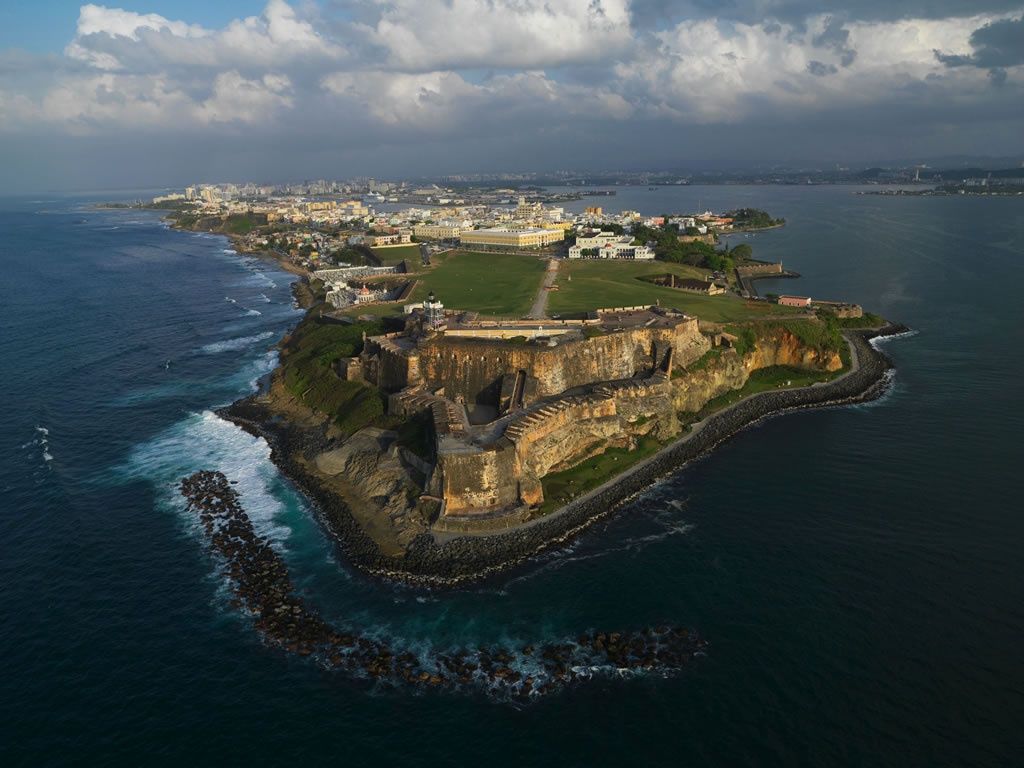 The Spanish quickly made him a provincial governor in Santo Domingo (today the Dominican Republic), where he established his first settlement. De León’s position in government allowed him to travel to the unexplored neighboring island of Puerto Rico. Between 1508 and 1509, he founded the first capital on the island, and became the first governor of the new Spanish province.
The Spanish quickly made him a provincial governor in Santo Domingo (today the Dominican Republic), where he established his first settlement. De León’s position in government allowed him to travel to the unexplored neighboring island of Puerto Rico. Between 1508 and 1509, he founded the first capital on the island, and became the first governor of the new Spanish province. Their façades featured imported tiles from Seville arranged in decorative patterns.
Their façades featured imported tiles from Seville arranged in decorative patterns.

